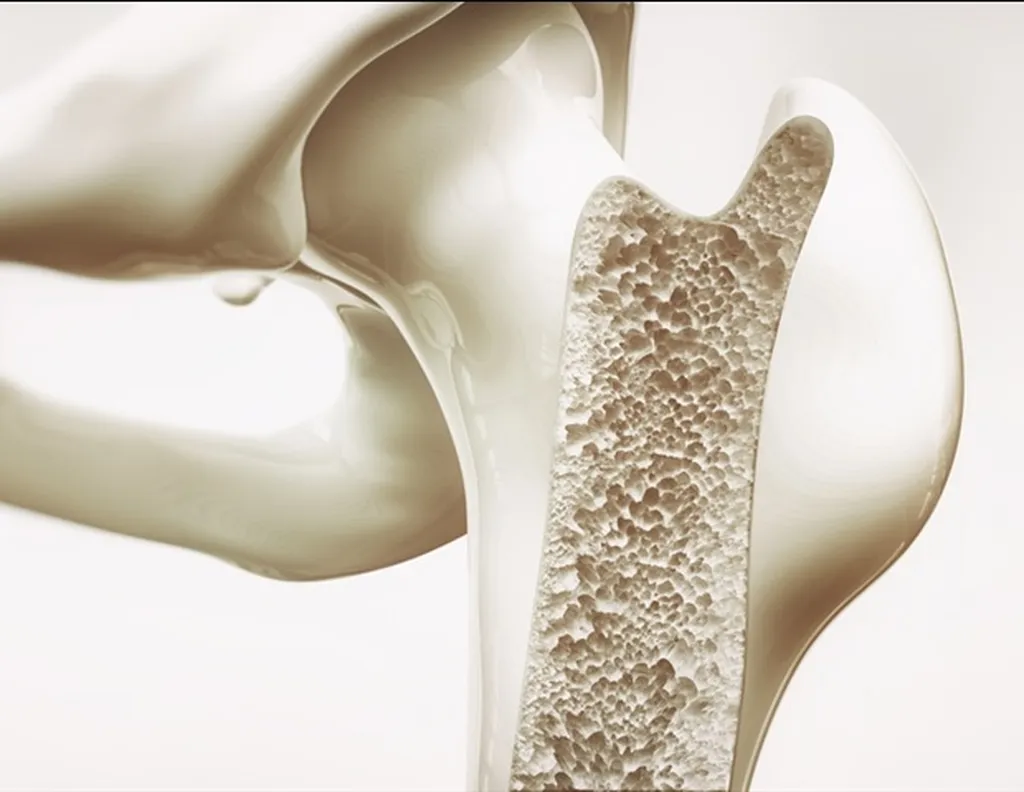In the quest to heal critical bone injuries, researchers have long been inspired by the body’s own natural healing mechanisms. Now, a team led by Zhi He from Tsinghua University’s State Key Laboratory of New Ceramic Materials has taken a significant step forward by developing a bone marrow-mimicking niche that could revolutionize bone regeneration. This innovative approach, published in the journal *Bioactive Materials* (translated as “生物活性材料”), combines cutting-edge materials science and tissue engineering to address some of the most challenging bone defects.
The team’s breakthrough lies in the creation of self-assembled hybrid hydrogel microspheres that replicate the regenerative properties of bone marrow. “We drew inspiration from the natural bone marrow environment, which is rich in growth factors and stem cells,” explains He. “By mimicking this environment, we aimed to create a scaffold that could enhance bone regeneration and address the limitations of current treatments.”
The hybrid microspheres are composed of two main components: fast-degrading gelatin methacryloyl (GelMA) microspheres and slow-degrading chitosan methacryloyl (ChitoMA) microspheres. The GelMA microspheres are loaded with exogenous bone marrow mesenchymal stem cells (BMSCs) and conjugated with stem cell homing peptides (SKP) to recruit endogenous BMSCs. This dual approach enriches the environment with stem cells, promoting angiogenesis and resolving inflammation. The ChitoMA microspheres, on the other hand, facilitate the sustained release of angiogenic and osteogenic peptides, supporting blood vessel maturation and osteogenesis.
One of the most compelling aspects of this research is its alignment with the dynamic process of bone regeneration. “The early release of BMSCs and SKP, followed by the subsequent release of osteogenic and angiogenic peptides, mimics the natural sequence of events in bone healing,” says He. This sequential release ensures that the necessary factors are available at the right time, optimizing the regenerative process.
The potential commercial impacts of this research are substantial, particularly in the medical and biotechnology sectors. The development of a bone marrow-mimicking niche could lead to the creation of advanced biomaterials and tissue engineering products that significantly improve patient outcomes. For the energy sector, this research could inspire innovations in materials science that enhance the durability and performance of materials used in high-stress environments, such as those found in energy production and storage.
In a rat critical femoral condyle defect model, the BM-mimicking niche demonstrated remarkable efficacy, forming an in-situ ossification center and significantly enhancing bone regeneration. This success highlights the potential of the approach for clinical applications, offering a promising strategy for treating critical bone defects.
As the field of regenerative medicine continues to evolve, this research paves the way for future developments in tissue engineering and biomaterials. By mimicking the natural healing processes of the body, scientists can create more effective and targeted treatments, ultimately improving the quality of life for patients with bone injuries and defects. The work of Zhi He and his team at Tsinghua University represents a significant step forward in this exciting and rapidly advancing field.

